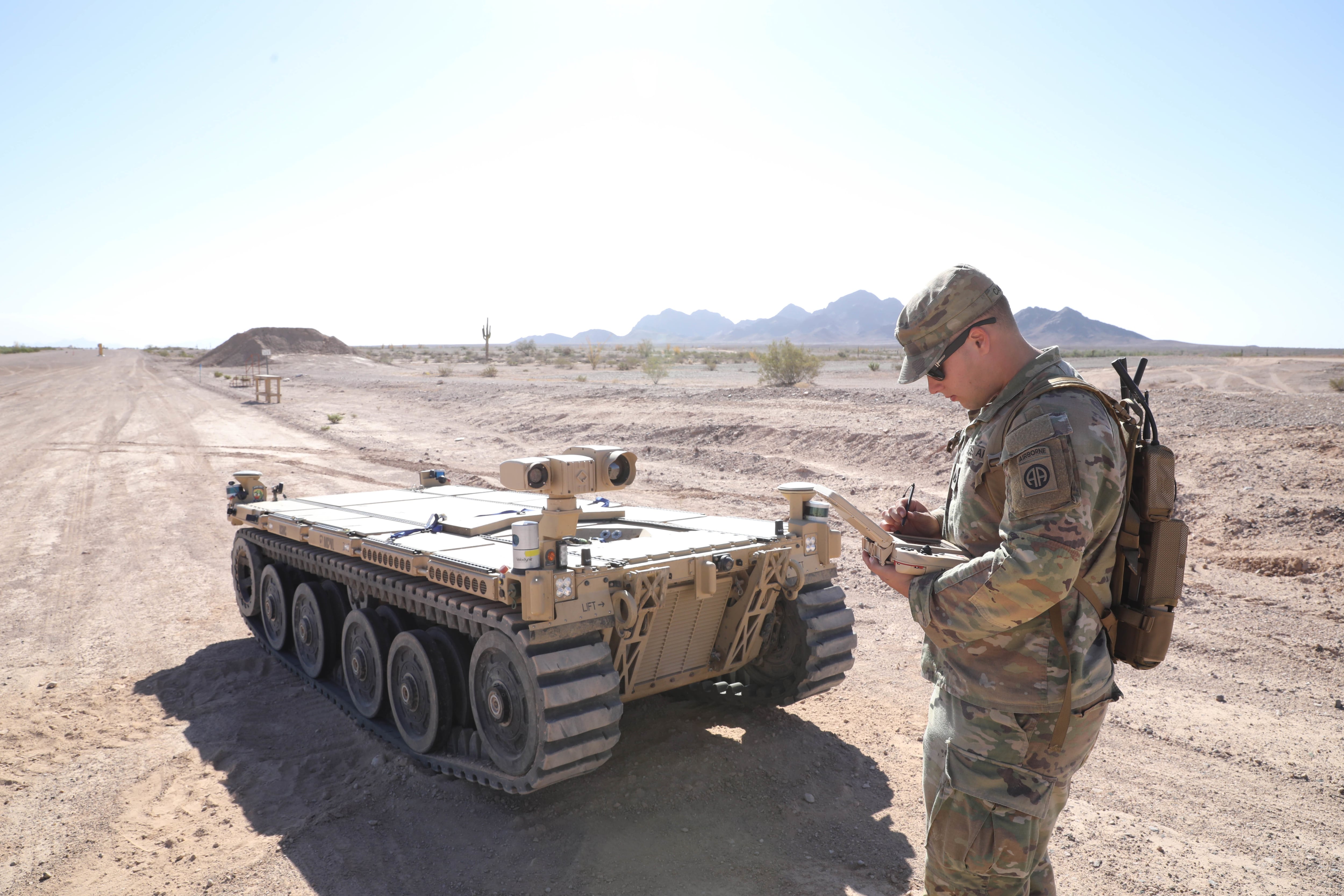WASHINGTON — U.S. Army Futures Command will spend the next three months reviewing whether its signature Cross-Functional Teams should remain in place, Gen. James Rainey, the command’s new chief, said Friday.
The Cross-Functional Teams, each tasked with advancing one of the Army’s six modernization priorities, is “one of the things [Futures Command] indisputably got right,” Rainey said. These identify a problem, “put a lot of rigor into getting the problem statement right, then dogpile talent on it for the purpose of solving that.”
The original CFTs are Long-Range Precision Fires, Next-Generation Combat Vehicles, Future Vertical Lift, the Network to include Precision Navigation and Timing, Air-and-Missile Defense, Soldier Lethality and Synthetic Training Environment. The idea was to convene a whole range of Army officials, from training and doctrine writers to sustainment experts to acquisition officers and even system operators, to ensure the success of a program.
Rainey suggested Friday that this approach may no longer make sense, particularly as the Army moves toward getting some of its programs into the hands of soldiers.
In considering what to change and what to keep or expand, Rainey asked, “how do we reload the Fires CFT? What’s next? Are there some that could merge? Are there some that have been successful and that we could say thanks and it goes back [within Training and Doctrine Command]?”
He said the command is weighing new CFTs that tackle priorities like contested logistics, deep sensing, adapting soldier lethality to focus more on formation-based lethality, and even human and machine integration. “We do robots, we do sensing, we do [artificial intelligence], is there an opportunity to do a little better by having some cross-functional teams,” Rainey asked.
“Those are all things we’re looking at. None of it is decisional,” he added.
The reexamination of CFTs comes as the Army also considers how best to organize around its new multidomain operations doctrine, released last year, as well as the new weapons — roughly 36 new major systems — it will get in the 2030 timeframe.
“We buy things, but we fight [in] formations, so I don’t think the future is about replacing the tank with a tank, a helicopter with a helicopter, a Bradley [Infantry Fighting Vehicle] with something,” Rainey said. “I think it’s about how do we integrate all those things into formations. What is the best combinations of humans and machines, manned and unmanned, tanks plus loitering munitions?”
He said the command is reviewing how best to integrate space and cyber effects, for instance.
Among the Army’s other priorities are improving the lethality and survivability of its light formations and decreasing the weight and logistics tail of its heavier formations, Rainey added.
Jen Judson is an award-winning journalist covering land warfare for Defense News. She has also worked for Politico and Inside Defense. She holds a Master of Science degree in journalism from Boston University and a Bachelor of Arts degree from Kenyon College.








